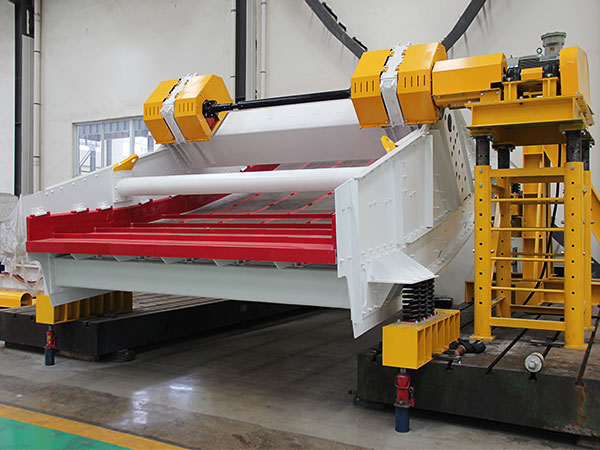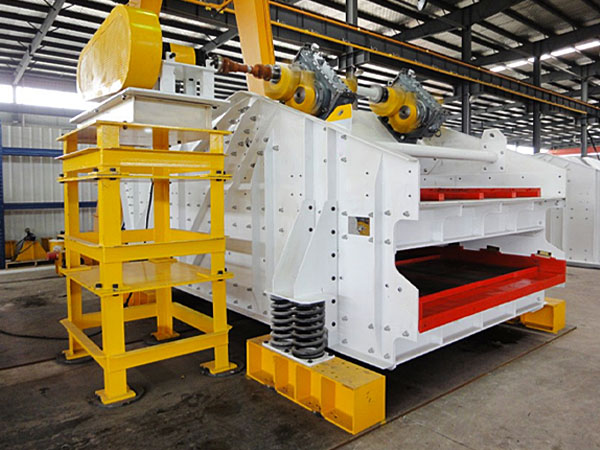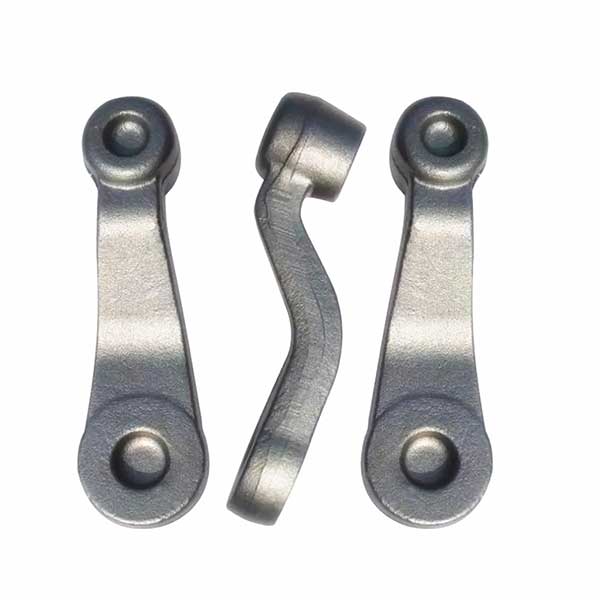https://www.ls-casting-mold.com/wp-content/uploads/2022/02/移动氢氧化钙生产线7-e1644565056663.jpg
529
600
lsmojv
http://www.ls-casting-mold.com/wp-content/uploads/2018/12/lslogo-300x138.png
lsmojv2023-05-24 10:45:262023-05-24 10:45:26HOW IS CALCIUM HYDROXIDE PRODUCED FROM LIMESTONE?
https://www.ls-casting-mold.com/wp-content/uploads/2022/02/Vibrating-Screen4-1.jpg
450
600
lsmojv
http://www.ls-casting-mold.com/wp-content/uploads/2018/12/lslogo-300x138.png
lsmojv2023-05-24 09:54:432023-05-24 09:54:43What is the specification of a vibrating screen?
https://www.ls-casting-mold.com/wp-content/uploads/2022/02/Vibrating-Screen4-1.jpg
450
600
lsmojv
http://www.ls-casting-mold.com/wp-content/uploads/2018/12/lslogo-300x138.png
lsmojv2023-05-24 09:46:102023-05-24 09:46:10What are the vibrating screen parts?
https://www.ls-casting-mold.com/wp-content/uploads/2022/02/Vibrating-Screen4-1.jpg
450
600
lsmojv
http://www.ls-casting-mold.com/wp-content/uploads/2018/12/lslogo-300x138.png
lsmojv2023-05-24 09:39:092023-05-24 09:39:09What is the working principle of banana vibrating screen
https://www.ls-casting-mold.com/wp-content/uploads/2021/06/高压球机7.jpg
400
600
lsmojv
http://www.ls-casting-mold.com/wp-content/uploads/2018/12/lslogo-300x138.png
lsmojv2023-05-24 09:30:252023-05-24 09:30:25What is briquetting press?
https://www.ls-casting-mold.com/wp-content/uploads/2022/06/20181211140209_1420.jpg
450
700
lsmojv
http://www.ls-casting-mold.com/wp-content/uploads/2018/12/lslogo-300x138.png
lsmojv2023-05-24 09:22:262023-05-24 09:22:26How does a compound cone crusher work?
https://www.ls-casting-mold.com/wp-content/uploads/2021/06/高压球机7.jpg
400
600
lsmojv
http://www.ls-casting-mold.com/wp-content/uploads/2018/12/lslogo-300x138.png
lsmojv2023-05-24 09:13:442023-05-24 09:13:44What are the methods of briquetting?
https://www.ls-casting-mold.com/wp-content/uploads/2023/01/轴叉锻件.jpg
800
800
lsmojv
http://www.ls-casting-mold.com/wp-content/uploads/2018/12/lslogo-300x138.png
lsmojv2023-04-27 16:54:082023-04-27 16:54:08INTRODUCTION TO FORGING DESIGN SYSTEM
https://www.ls-casting-mold.com/wp-content/uploads/2022/08/forging-process.jpg
600
600
lsmojv
http://www.ls-casting-mold.com/wp-content/uploads/2018/12/lslogo-300x138.png
lsmojv2023-04-27 16:43:412023-04-27 16:43:41WHAT IS THE DIFFERENCE BETWEEN OPEN DIE AND DIE FORGING?
https://www.ls-casting-mold.com/wp-content/uploads/2022/08/Harmonic-Reducer-Bearing.jpg
700
700
lsmojv
http://www.ls-casting-mold.com/wp-content/uploads/2018/12/lslogo-300x138.png
lsmojv2023-04-27 16:19:292023-04-27 16:19:29What is the difference between crossed roller bearings and ball bearings?
Scroll to top









